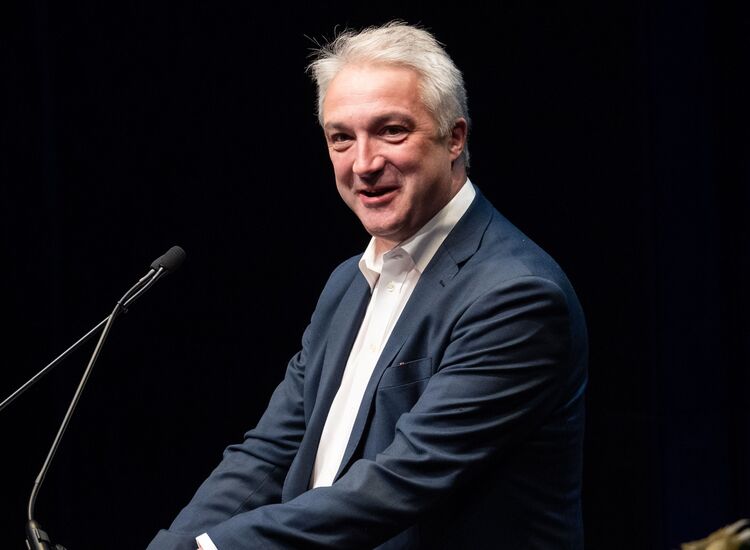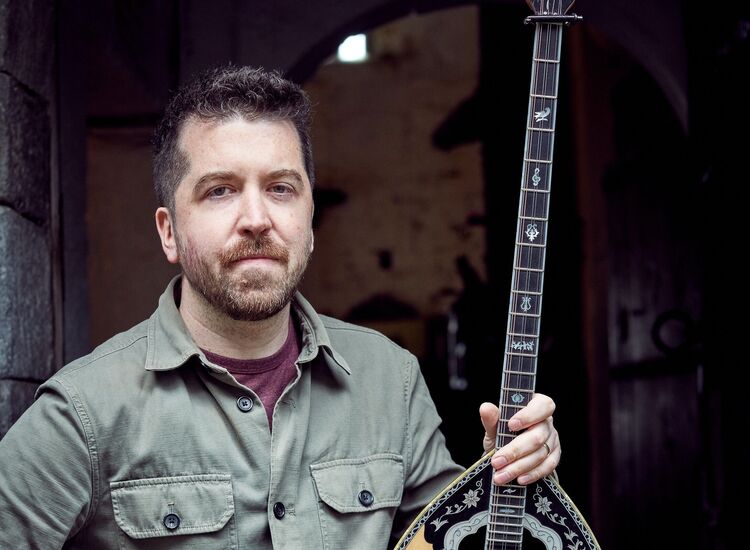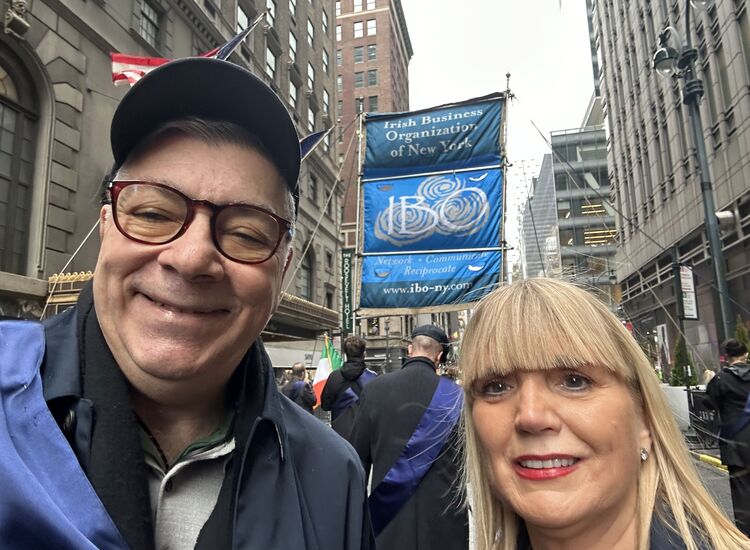[caption id="attachment_66455" align="aligncenter" width="600" caption="Colonel Qadaffi in a less than jovial mood."]
Interesting that Muammar Qadaffi never made himself a general. Guess he was a keen student of military coups in which colonels tended to do the rebelling, and generals the falling.
Either way, being colonel was seemingly enough for the man, although at one point during the 1980s he might have dubbed himself quartermaster. Nobody would have argued, least of all the Provos.
At the end of October, 1987, a still turbulent period in the North Troubles, the French intercepted a ship off the coast of Brittany called the Eksund.
On board was 150 tons of assorted weapons which authorities had little trouble in deciding was of Libyan origin and destined for the IRA.
The Eksund, as time would tell, was not a lone gunrunner. Another 150 tons had already been sent to Ireland in four separate shipments in 1985 and '86.
But the 1980s shipments were not the first time that the IRA had received weapons from Libya. A cache of RPG-7 rockets made its way from the sands of North Africa to the concrete and asphalt of Belfast as far back as 1972, a year when the buttons on Qadaffi's uniform were still shiny and new.
So the colonel, now a front line candidate for the fallen tyrants hall of shame, was in on the Troubles from almost the get-go. His departure from the stage will be recorded for history in many geopolitical contexts, Ireland for sure one of them.
MASSACRE REMEMBERED
During those self-same Troubles, one of the most horrific incidents was not as a result of Libyan weapons in the hands of the IRA, but weapons from other sources in the hands of the UVF who, on the night of July 31st, 1975 opened fire on members of the Miami Showband after stopping their van on a country road and at a point between Newry and Dundalk.
The South-based Miami was returning from a show in Banbridge, County Down. The UVF men were loading a bomb in the van when it went off, killing two of them. The rest of the UVF men opened up on the musicians killing three: Tony Geraghty, Fran O'Toole and Brian McCoy.
A few years back, one of the band members who survived, Stephen Travers, came out with a book entitled "The Miami Showband Massacre, A survivor's search for the truth."
It's still possible to pick up a copy of this absorbing book on Amazon and be reminded of a time when even the musicians, in a land so famous for its music, were not immune from weapons wielded by malevolent hands.
ALL IRISH RESCUE
Time was when a yacht got into difficulties in Irish waters and an air-component was needed in the rescue operation it was the RAF that would send a helicopter to the scene. It was a sore point for many Irish who figured that a sovereign country surrounded by water should be able to mount its own rescue operations, lock, stock and chopper so to speak.
And so it came to pass last week when the American yacht Rambler 100 went belly-up close to the Fastnet Rock, the southernmost piece of sovereign Irish territory, the rescue operation comprised a lifeboat from Baltimore, an Irish navy ship and two helicopters, both of them muscular Sikorsky models, attached to the Irish coastguard service.
The fact that the RAF wasn't needed was a matter of some pride for Irish marine minister Simon Coveney, who said the rescue was a reminder of how important it was for Ireland to have well-resourced sea rescue teams.
"This was a dramatic sea rescue that was coordinated with speed and professionalism and everybody involved should be commended for their efforts......... and we can be proud of the way in which Irish emergency services contributed to preventing any loss of life," said Coveney.
No argument with that. Coincidentally, the owner of the Rambler, New Yorker George David, is the former CEO of United Technologies, a subsidiary of which is the Sikorsky helicopter company.








